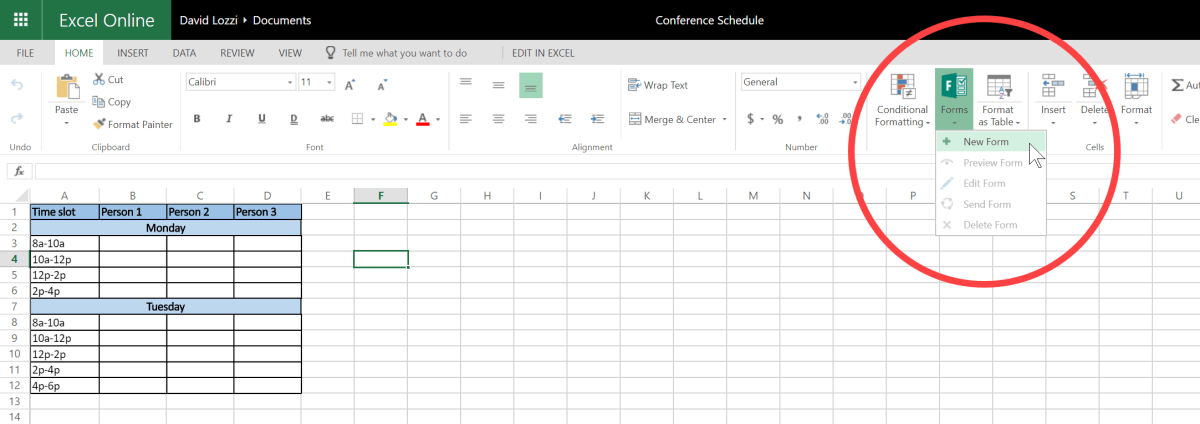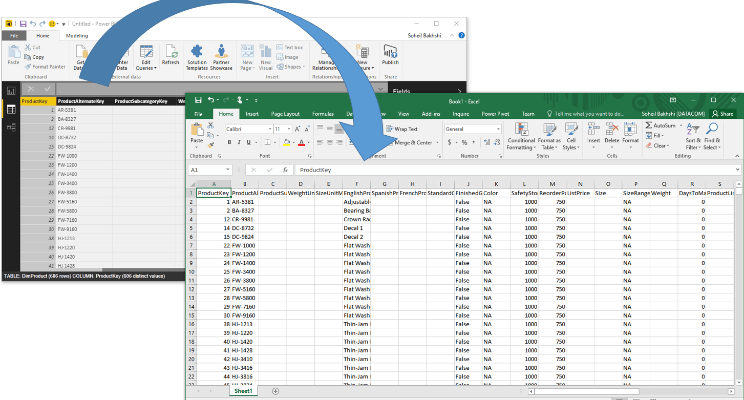Why is My Excel File So Large?
If you’ve ever found yourself struggling to open an Excel file that seems to be too large, you know how frustrating it can be. It’s important to understand why your Excel file is so large, as it can help you identify ways to optimize the file’s size and make it easier to open. In this article, we’ll explain why your Excel file may be too large and provide tips on how to reduce its size.
- How to reduce the size of an Excel File?
- Delete unnecessary data, formulas, or images.
- Save in a different file format, such as .csv or .xlsx.
- Save the file as a read-only version.
- Compress pictures in the file.
- Use data tables instead of multiple worksheets.
Understanding Why My Excel File is So Large
Excel files are an incredibly useful tool for organizing and visualizing data. But sometimes, they can become very large in size, making them difficult to open and manage. It’s important to understand why your Excel file is so large so that you can take steps to reduce its size and improve its performance.
When an Excel file becomes large, it can slow down your computer and make it difficult to open or manage. This is because the file size is determined by the amount of data it contains, as well as any formatting or formulas used to calculate values. Additionally, images, charts, and other large objects can contribute to the size of the file. By understanding the causes of a large file size, you can take steps to reduce it.
Too Much Data
One of the most common causes of a large Excel file is too much data. If your file contains a lot of information, it can quickly become large. To reduce the size of the file, try removing any unnecessary data or formatting, such as unused columns or rows. You can also try using Excel’s data filtering features to reduce the number of cells and rows that need to be processed.
Formatting and Formulas
Formatting and formulas can also add to the size of an Excel file. For example, if you’re using a lot of formatting options such as font size, color, or style, it can increase the size of the file. Additionally, if you’re using formulas to calculate values, those formulas can take up more space in the file. To reduce the size of the file, try to limit the amount of formatting and formulas you use.
Large Objects
Images, charts, and other large objects can also contribute to a large file size. For example, if you’re using a lot of images in your file, they can take up a significant amount of space. To reduce the size of the file, try to limit the number of images you use and use smaller images when possible. Additionally, consider using Excel’s built-in charting features instead of inserting large images.
Compressing the File
Once you’ve identified the cause of a large file size, you can take steps to reduce it. One option is to compress the file using Excel’s built-in Save As feature. This feature will reduce the size of the file by compressing the data it contains. Additionally, you can use Excel’s built-in file optimization tools to further reduce the size of the file.
Using External Tools
If compressing the file doesn’t reduce its size enough, you can use external tools to further reduce the file size. Excel has a number of third-party tools that can help you reduce the size of your file. These tools can compress the file further, remove unused data, and optimize the file for better performance.
Conclusion
Excel files can get very large in size, making them difficult to open and manage. It’s important to understand the causes of a large file size so that you can take steps to reduce it. Too much data, formatting and formulas, and large objects can all contribute to a large file size. Compressing the file and using external tools can help you reduce the size of your Excel file.
Related FAQ
What is the most common reason for a large Excel file?
The most common cause for a large Excel file is the presence of unnecessary data. This includes old versions of the file, data that is no longer needed, and empty rows or columns. Another cause could be the presence of pictures or other large objects in the spreadsheet. Finally, if the spreadsheet contains a lot of formulas, the file size can increase significantly.
How can I reduce the size of my Excel file?
The easiest way to reduce the size of your Excel file is to delete any unnecessary data, such as old versions of the file and data that is no longer needed. Additionally, you can remove any empty rows or columns, as well as any pictures or large objects. If the file contains a lot of formulas, you can try replacing them with the values they generate. Finally, you can save the file in a different format, such as a CSV or TXT.
What can cause an Excel file to become corrupted?
There are several potential causes for an Excel file to become corrupted, such as user error, hardware or software issues, or a virus. Additionally, if the file is saved in an incompatible format, or if it is opened on an unsupported version of Excel, the file may become corrupted.
How can I prevent an Excel file from becoming corrupted?
The best way to prevent an Excel file from becoming corrupted is to save the file in the most recent version of Excel. Additionally, it is important to back up your file regularly, and to avoid opening it on an unsupported version of Excel. Additionally, you should avoid using macros or other advanced features which may cause the file to become corrupted.
What is the maximum size of an Excel file?
The maximum size of an Excel file depends on the version of Excel being used. Generally, the maximum size of an Excel file is 2 GB. However, some versions of Excel may allow for larger files.
What are some tips for managing a large Excel file?
When managing a large Excel file, it is important to make sure that the file is organized and well-structured. Additionally, you should use filters and sorting to make it easier to find specific data. Additionally, you should avoid using unnecessary formulas, and be sure to delete any unnecessary data. Finally, you should make sure to back up the file regularly.
Your Excel file may be large due to the complexity of your data or the number of formulas used in the workbook. Fortunately, there are some simple ways to reduce the file size while still preserving the integrity of your data. For example, use the Save As option to delete unnecessary worksheets, or use the Data > Consolidate and Data >Group and Outline functions to reduce the amount of data required to generate the results. Lastly, use the Cleanup tool to remove any unnecessary formatting. Following these guidelines can help you reduce the size of your Excel file, allowing you to store, manage and access your data more efficiently.






